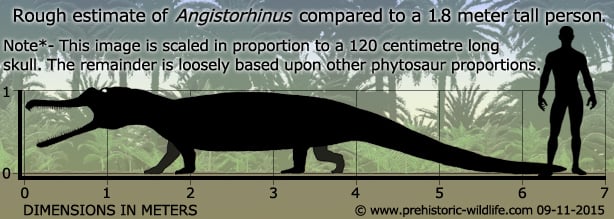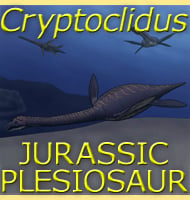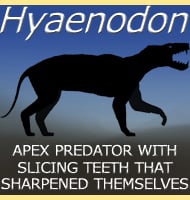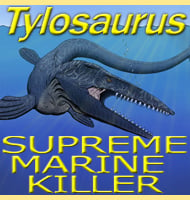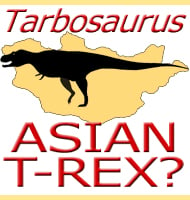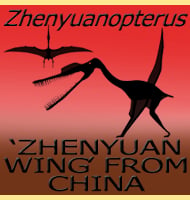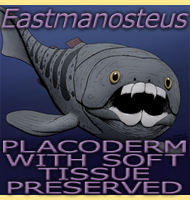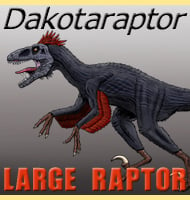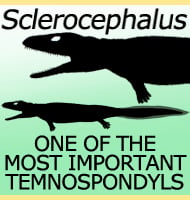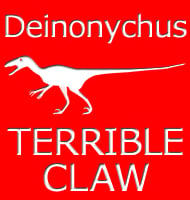In Depth
With skulls measuring about one hundred and twenty centimetres long, Angistorhinus was easily amongst the largest phytosaurs, crocodile-like reptiles that hunted in Triassic waterways. The jaws of Angistorhinus were long and thin, more akin to those of a gharial, perhaps indicating that Angistorhinus was more of a fish hunter. The nostrils of Angistorhinus were situated further back on the skull, a feature that is not just indicative of a more advanced phytosaur form, but also kept the nostrils free from the water when the snout was dipped underneath.
Angistorhinus has in the past been considered as a synonym to the genus Rutiodon, but later studies have continued to retain Angistorhinus as a distinct genus. One sometimes mentioned species of Angistorhinus, A. megalodon, is more often credited as the genus Brachysuchus. Fossils from Morocco have been tentatively place in the genus as a new species, A. talainti.
Further Reading
- Angistorhinus, a new genus of Phytosauria from the Trias of Wyoming. - Journal of Geology 21:186-191. - M. G. Mehl - 1913. - Description du craˆne de Angistorhinus talainti n. sp. un nouveau Phytosaure du Trais atlasique marocain. - Bulletin du Mus�um National d’Histoire Naturelle 3 (489): 297–336. - J. -M. Dutuit - 1977. - Status and phylogenetic relationships of the Late Triassic phytosaur Rutiodon carolinensis. - Journal of Vertebrate Paleontology 21 (3 Suppl.): 64A. - A. Hungerb�hler - & H. -D. Sues - 2001. - Postcranial anatomy of Angistorhinus, a Late Triassic phytosaur from West Texas. - S. G. Lucas, A. B. Heckert & R. Kahle - 2002. In Upper Triassic Stratigraphy and Paleontology, New Mexico Museum of Natural History and Science Bulletin 21: 157–164 (A. B. Heckert, S. G. Lucas - eds). 2002. - A new taxon of phytosaur (Archosauria: Pseudosuchia) from the Late Triassic (Norian) Sonsela Member (Chinle Formation) in Arizona, and a critical re-evaluation of Leptosuchus Case, 1922. - Palaeontology 53 (5): 997–1022. - Michelle R. Stocker - 2010.
